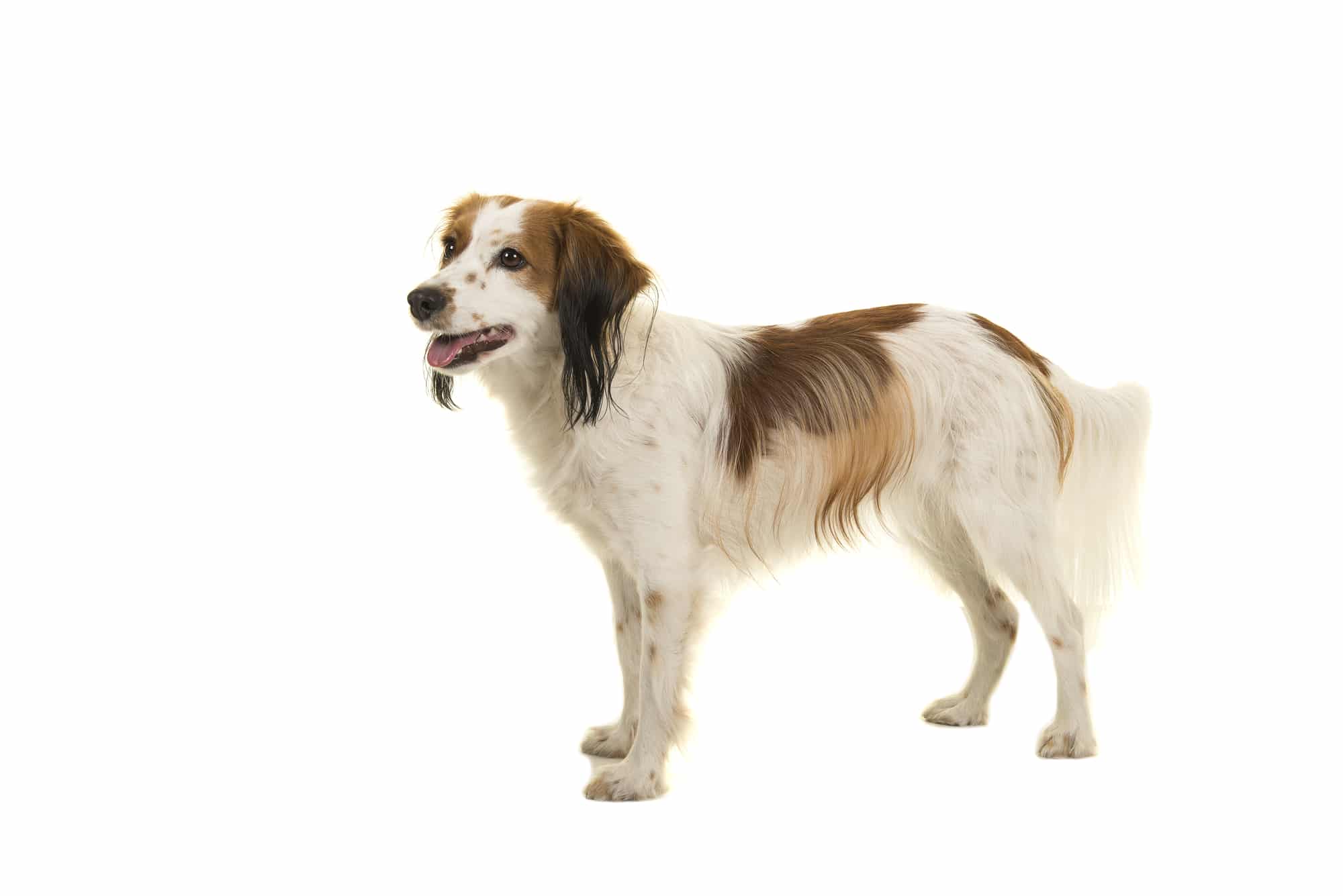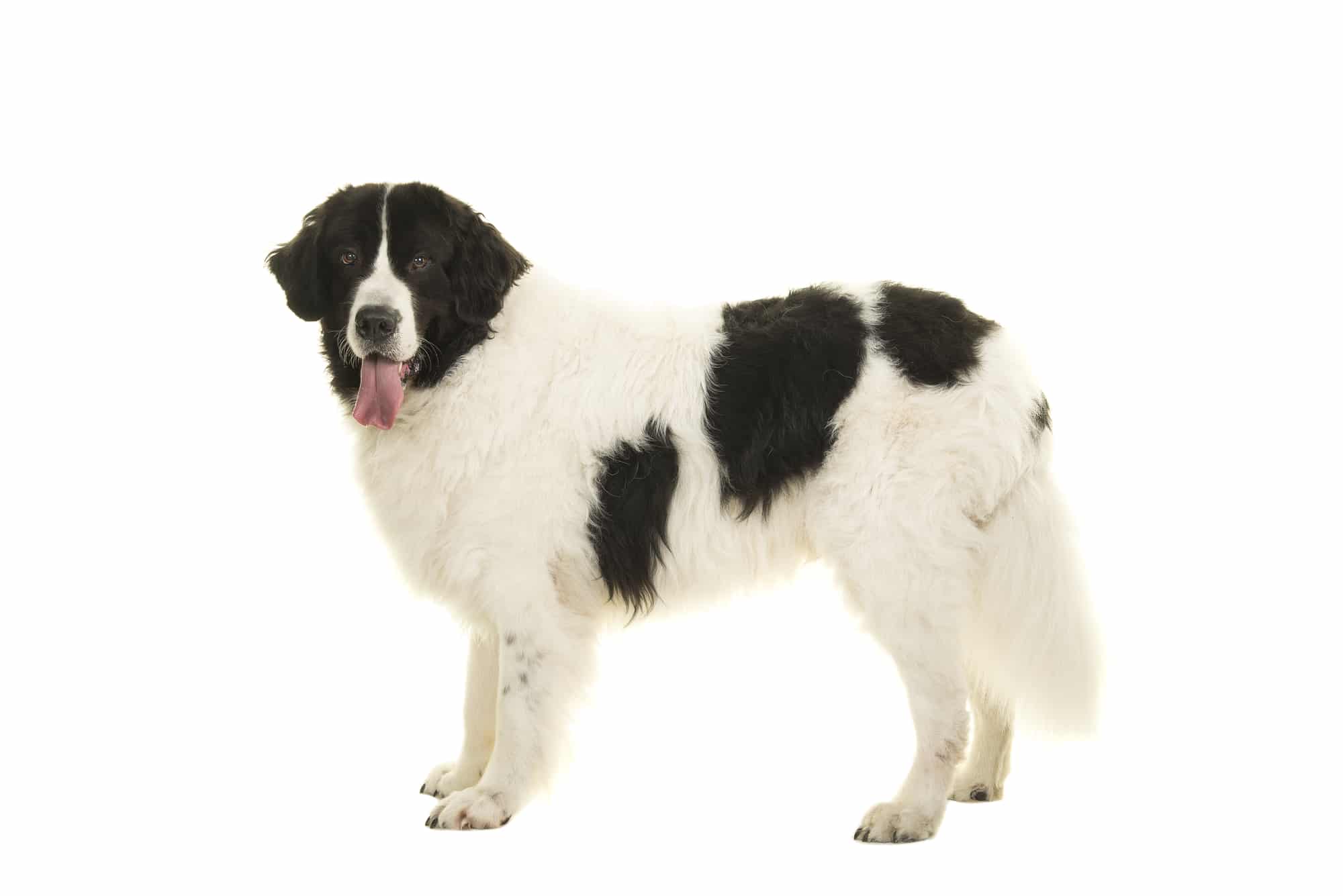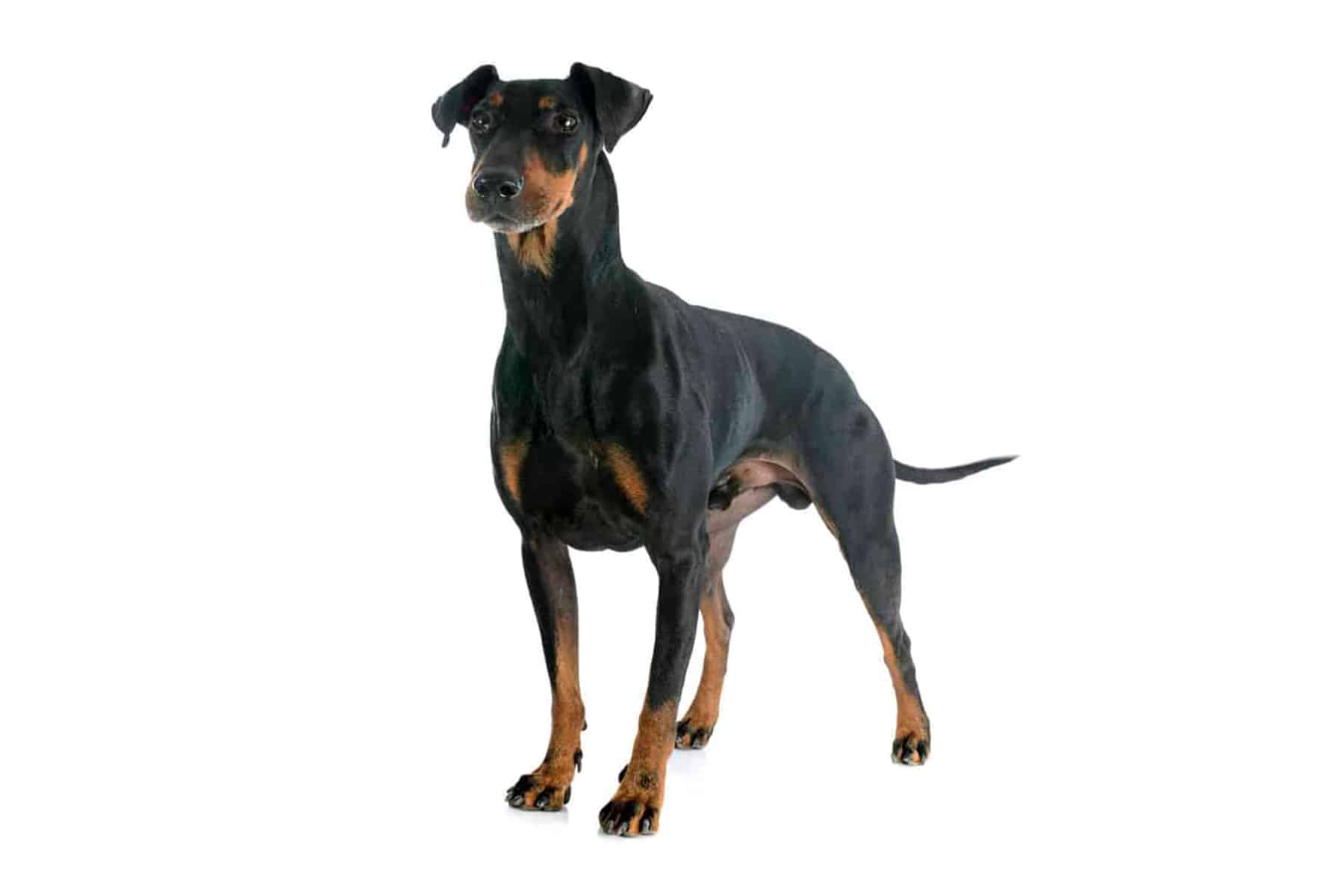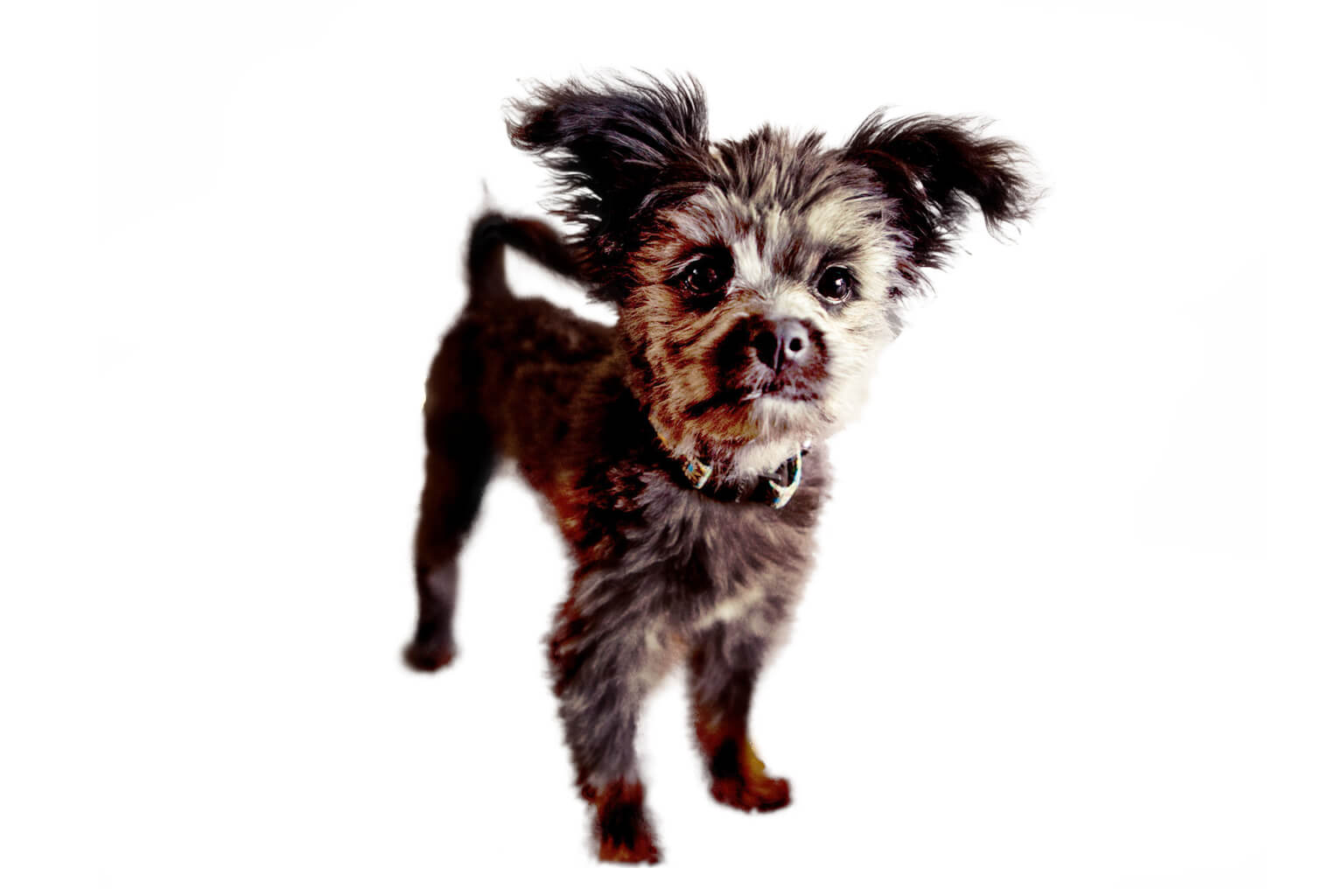Picardy Spaniel
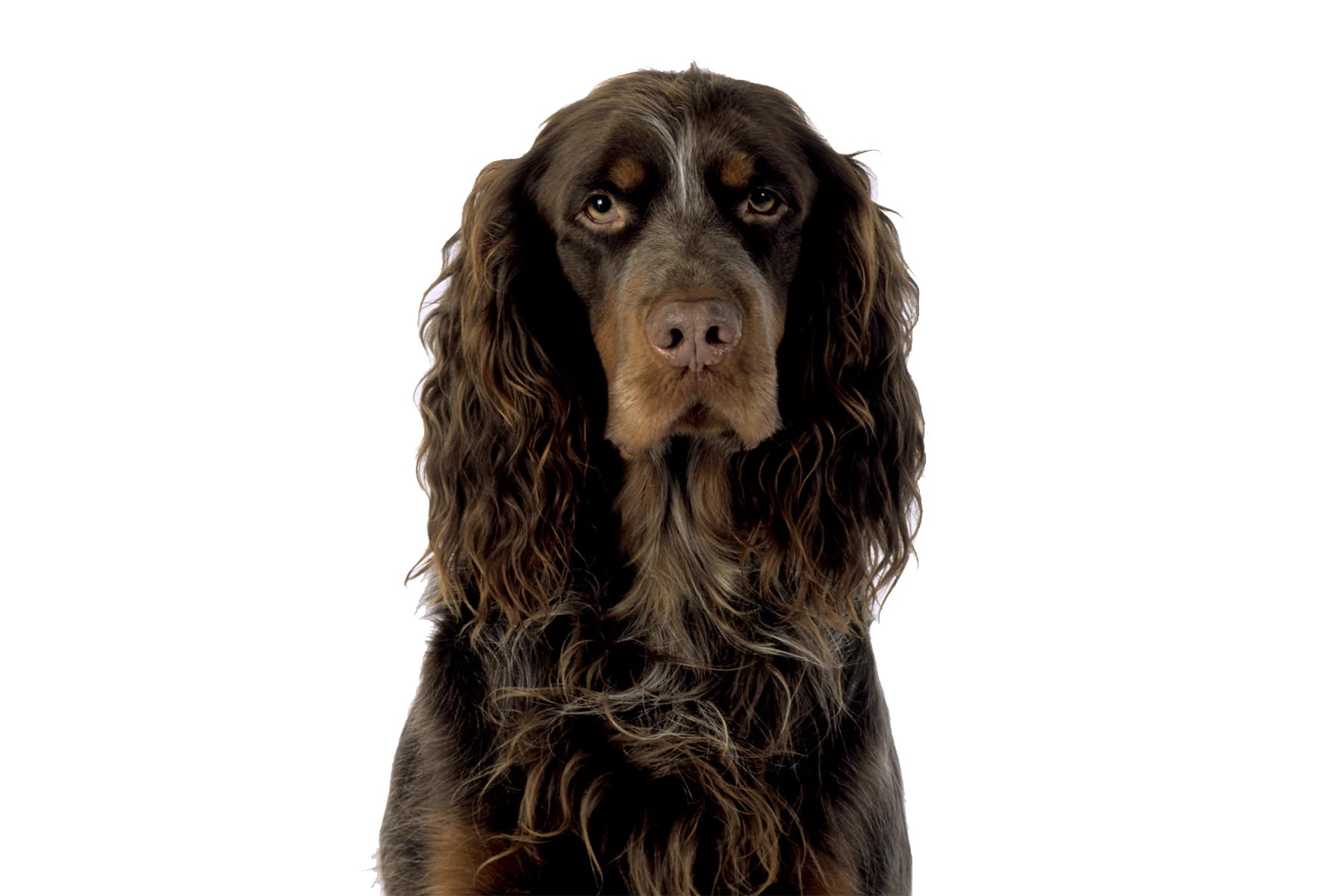
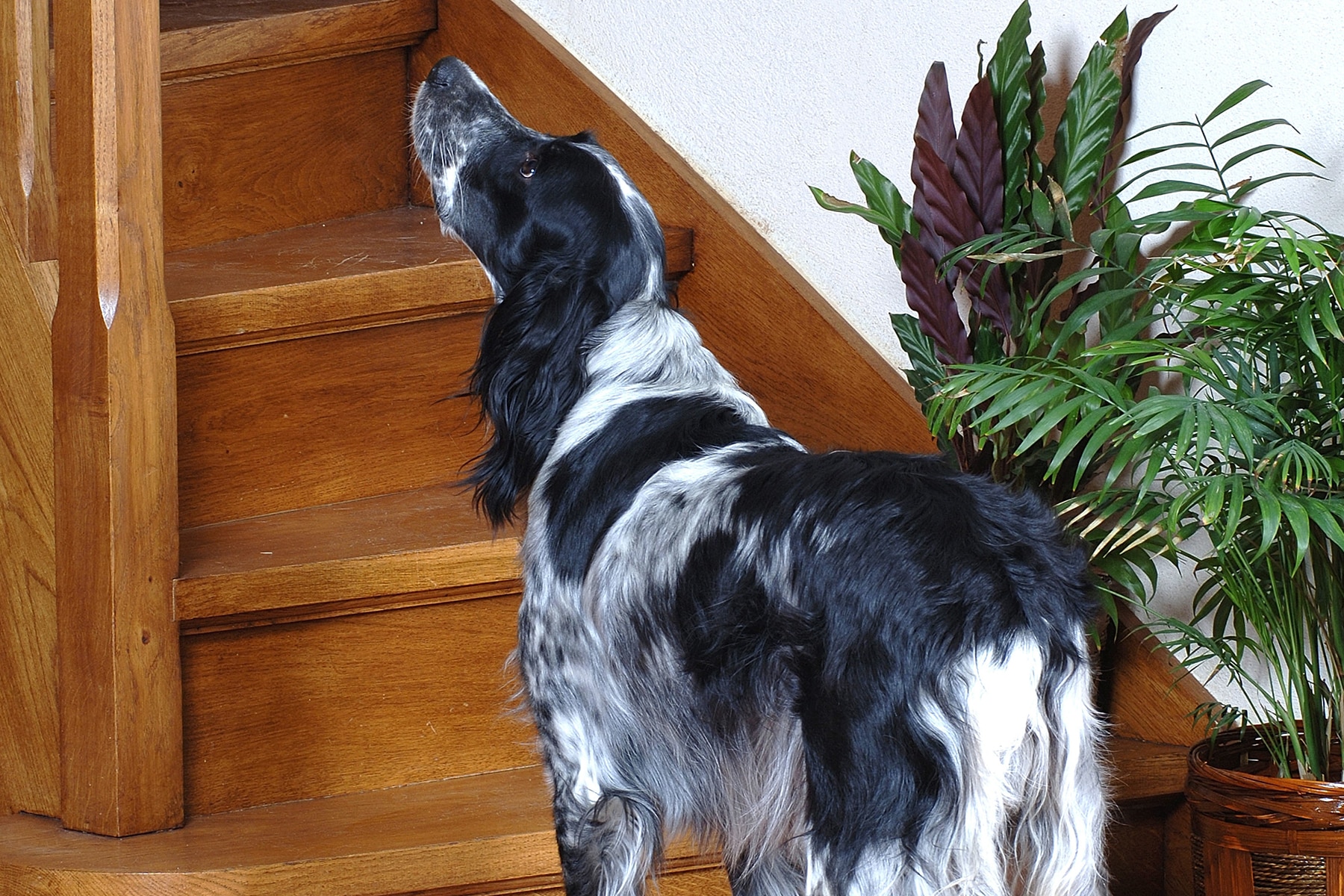
Temperament:
The Epagneul Picard is a traditional dog breed from the Picardy region of France. This hunting dog with a fine nose has a calm and balanced nature. It is happy when it has a task, such as hunting or as a therapy or school companion dog. It is not suitable as a pure family dog.
Characteristics
The Epagneul Picard is a French dog breed recognized by the FCI under the number 108 and assigned to group 7 (pointing dogs).
It is a stocky dog with strong legs that carries its head proudly. Its smooth or slightly wavy coat is spotted gray, with brown patches on some parts of the body and at the base of the tail. There are tan markings on the paws and head. The ears are slightly higher than the eyes, rather thick and covered with fine, wavy hair. The tail is not docked, a beautiful "flag" is appreciated.
The Epagneul Picard is obedient, reliable and friendly by nature. However, it is not suitable as a pure family dog, as it needs additional challenges. It has all the characteristics of a hunting dog and has a fine nose. This is why it is often used for hunting after the shot and then performs excellent tracking work, i.e. it successfully follows the blood trail of the animals it has hit. The dog cuts a fine figure when hunting both on land and in the water.
If a sighthound is not regularly used for hunting, the handler should find another suitable task to keep the dog busy.
Coat care:
Shedding:
Energy level:
Trainability:
Children suitable:
The right food
When choosing food, make sure that it contains high-quality ingredients, is balanced and meets your dog's requirements. Age, size or weight, activity and health status play an important role. You should follow the manufacturer's recommendations for the amount of food.
Treats should only be fed in moderation and deducted from the basic diet to avoid obesity.
Puppies can be fed 4-6 times a day. The number of meals should be gradually reduced to 2 per day until the dog is fully grown. A rest period should be observed after meals.
Fresh drinking water should be available at all times.
Health & Care
The coat of the Epagneul Picard must be brushed and combed once a day to avoid matting. The dog can be showered and should be accustomed to this from an early age.
It is important to check the ears regularly, as inflammation can develop there unnoticed. It is best to clean the ears regularly with an ear care product available in specialist shops. The claws also need to be trimmed, preferably with special claw nippers for dogs.
The Epagneul does not tolerate heat particularly well; in high temperatures, it is particularly important to ensure a sufficient supply of water. It needs a lot of exercise and should ideally be led in a hunting style.
Suitable accessories
The Epagneul Picard loves to fetch, so balls and retrieving objects of all kinds are great toys for him.
Treats motivate the dog and can help with training as a reward.
A fur brush and comb are recommended for grooming, as well as a pair of scissors to remove any knots the "hard way". Dog shampoo can also be used occasionally.
Other useful utensils include a collar or harness with lead, dog basket or dog mat as a place to retreat, water and food bowl, tick tweezers, claw clippers, toothbrush and toothpaste for the dog, transport box for transportation in the car and a first aid kit. Ask your vet what belongs in the first aid kit.
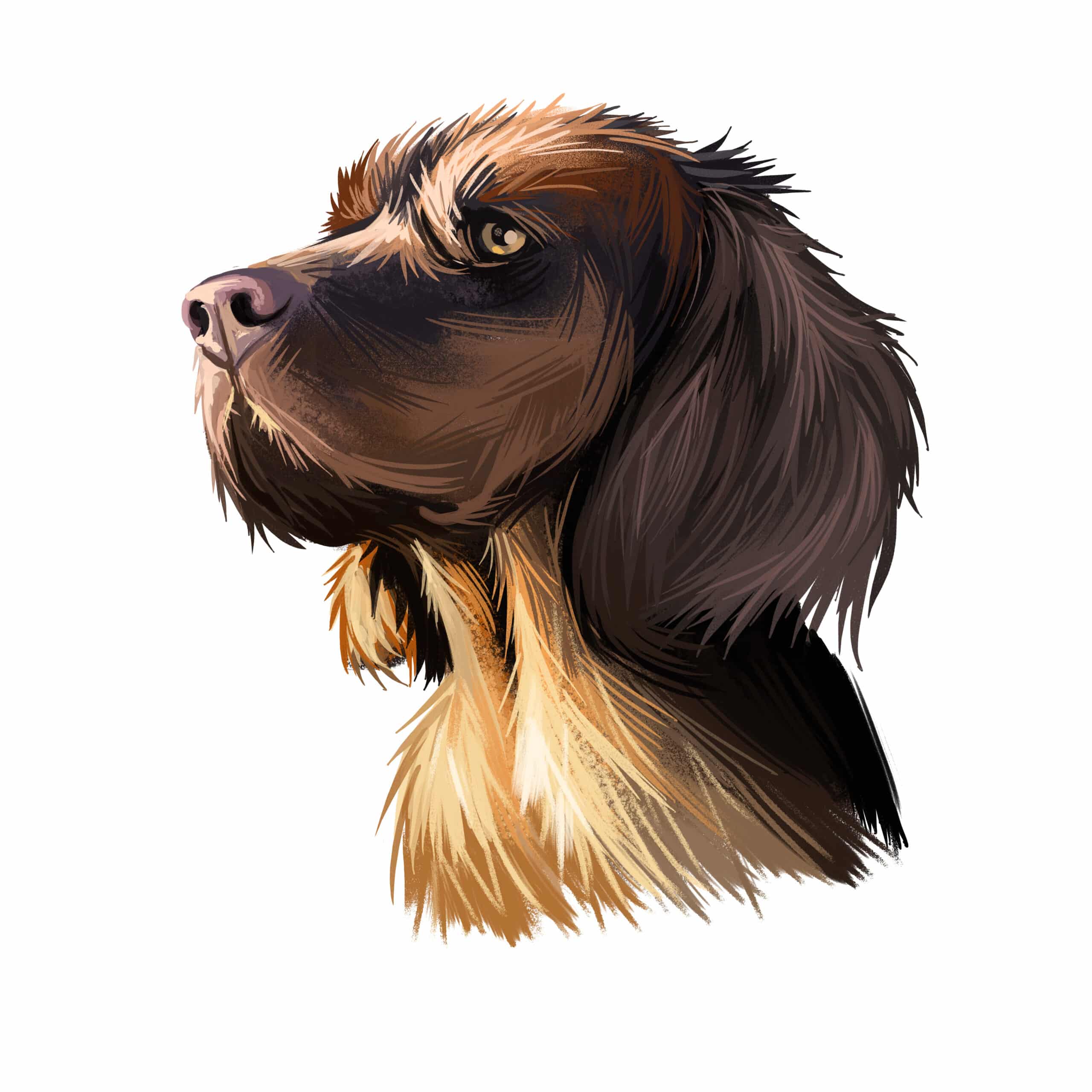
Origin & History
The long-haired French pointing dogs were already mentioned in the Middle Ages. They are the ancestors of spaniels, setters and the modern long-haired pointing dogs of Germany and France. The Epagneul Picard, as well as his grey brother, the Epagneul Bleu Picard, found favor with the French royal family from the 16th century onwards.
The dogs of this breed are children of Picardy, a varied landscape in northern France with forests, fields, waters and marshes. Hunting in this terrain requires a robust dog that tirelessly searches the fields and tracks down waterfowl in the region's waters.
Picardy includes the area where the Somme flows into the North Sea, a popular hunting ground for ducks. The region is still the center for breeding the Epagneul Picard today.
After a decline at the end of the 18th century, the Epagneul Picard was successfully bred again at the end of the 19th century through selective breeding. From around the middle of the 20th century, it also became increasingly popular outside France. In Germany, the breed enjoys great popularity and is becoming increasingly widespread due to its good hunting qualities, calmness and reliability.
